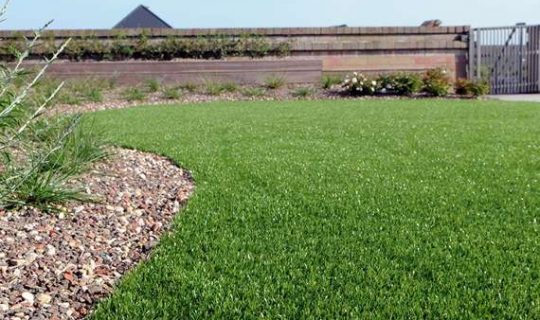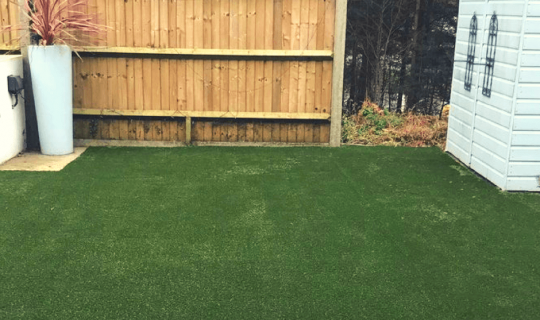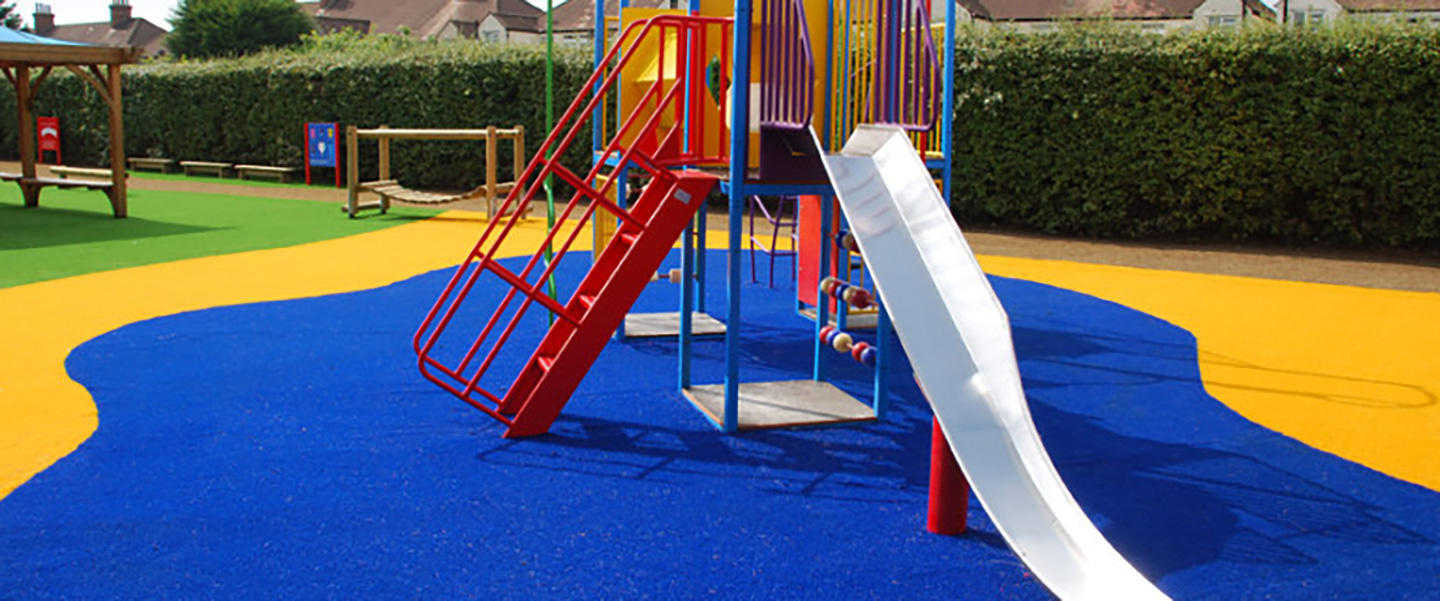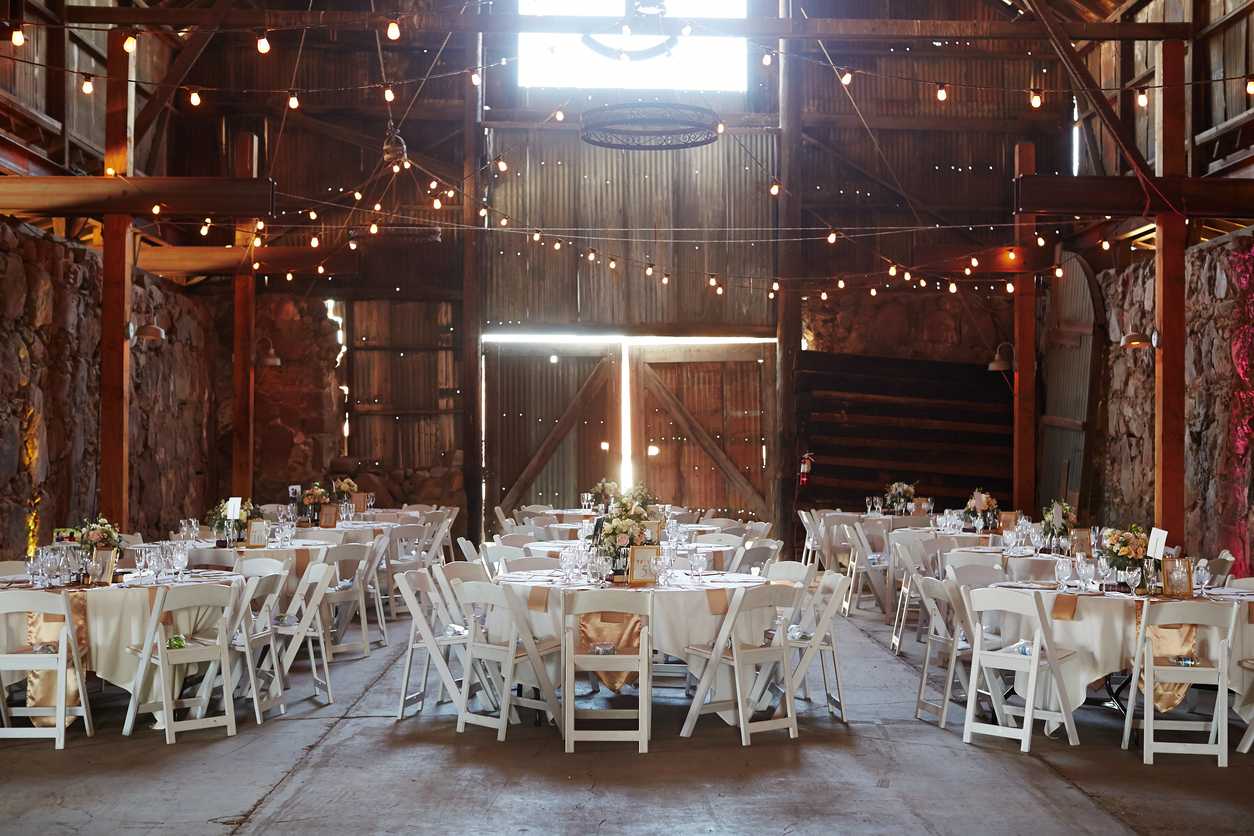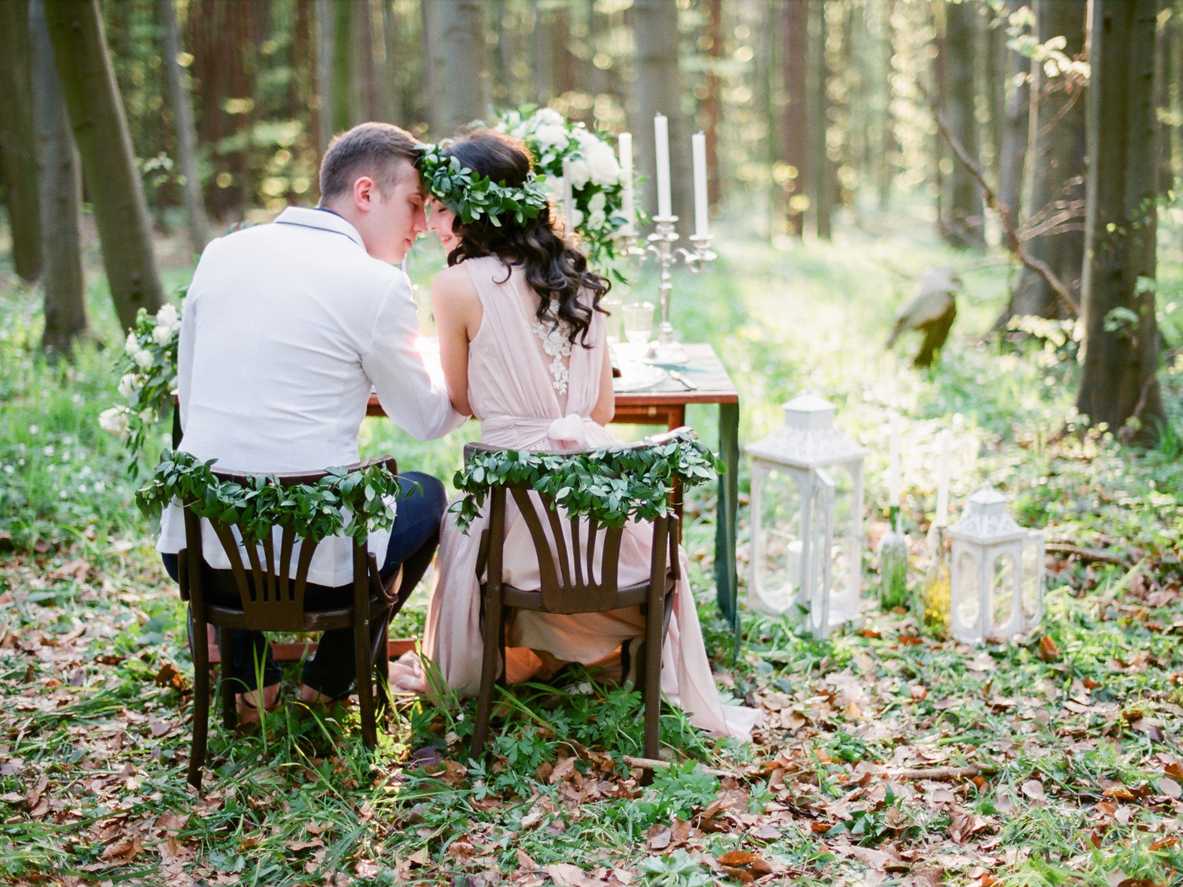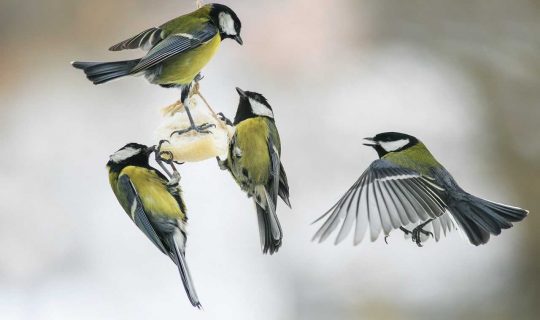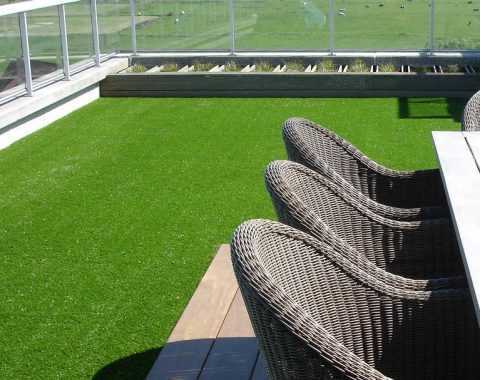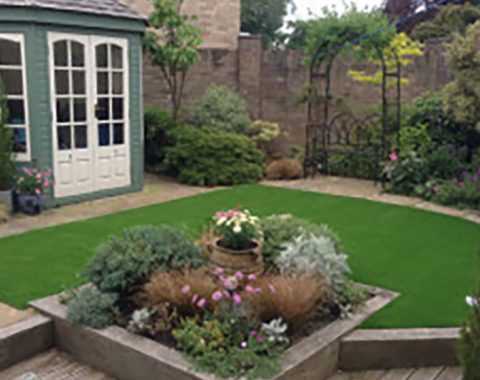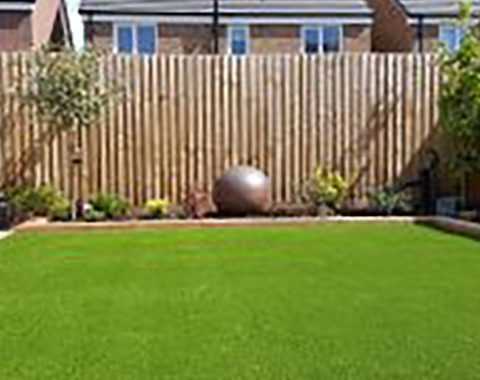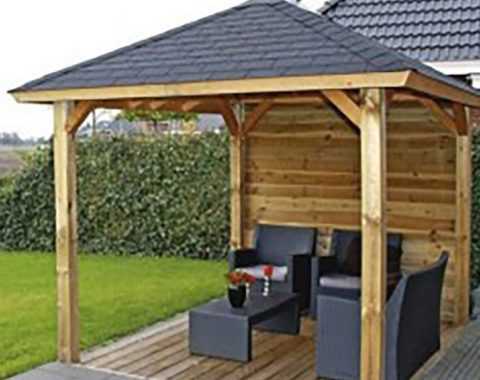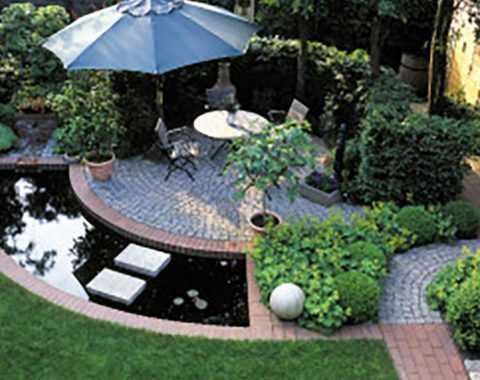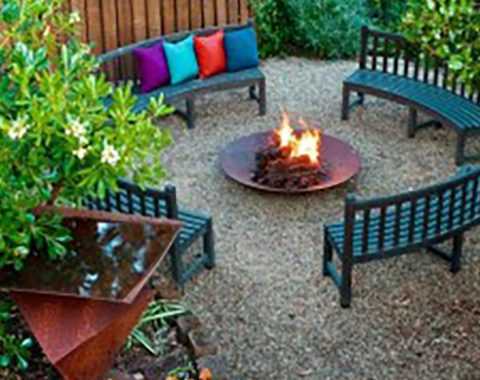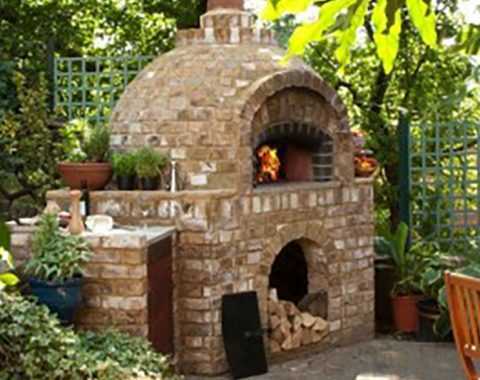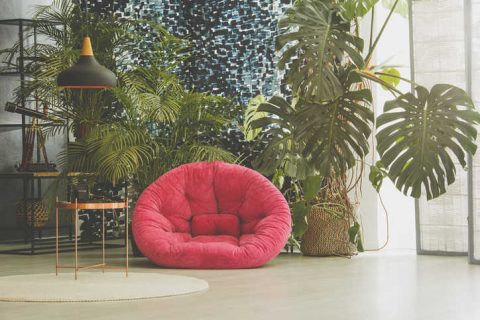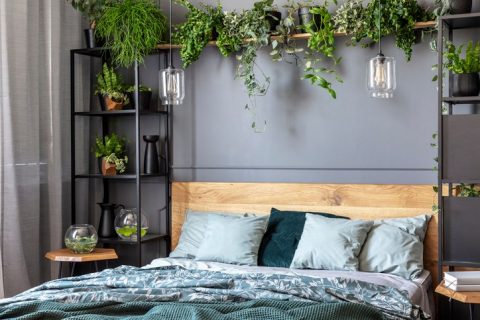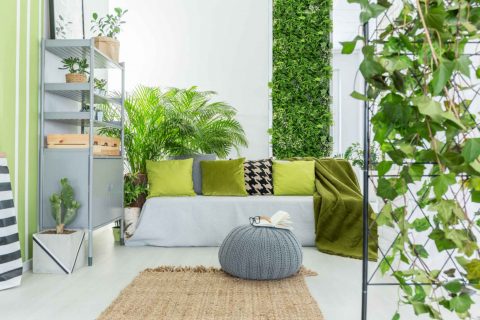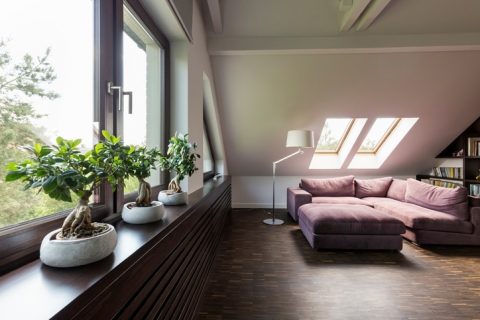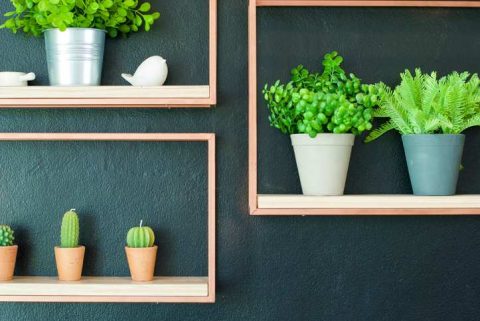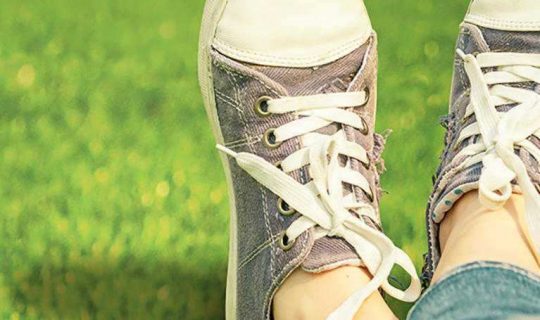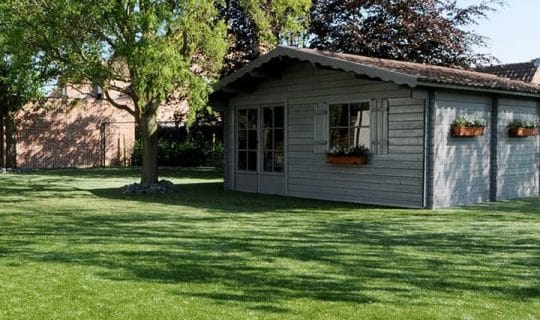
The Tools You Need for your Artificial Grass Installation
A complete list of the tools you need to install your artificial lawn yourself.
Whether you’re doing your research because you’re serious about installing your own lawn, or you’re just looking into it to see what it would involve, it’s important to make sure you’re aware of the right artificial grass tools for the job. From the tools you probably have already, to the tools that you need to hire, we’ve got the essentials to install a beautiful lawn that you can be proud of – and one that you can be proud of installing yourself. Make sure you’re fully prepped by heading to our installation page and watching our video!
Without further ado, here are the 10 artificial grass tools you need for your installation
- Turf Cutter
- Wheelbarrow
- Flat Shovel
- Rake
- Hose
- Compactor
- Razor Knife
- Joining Tape
- Joining Adhesive
- Broom
As specialist suppliers of artificial grass in the UK, here at Namgrass we want to share our knowledge, so that you can be prepared. So read on as we break down each of these artificial grass tools and accessories, and explain how they’ll come in useful during your artificial grass installation.
1. Turf Cutter
A turf cutter will cut your synthetic grass into strips that you can roll and get rid of, turning potentially back-breaking work into a much quicker and easier job. It will also leave the area level – which is difficult to do manually. This is something you can hire from your local DIY tool hire shop, though they may also call the same tool a sod cutter.
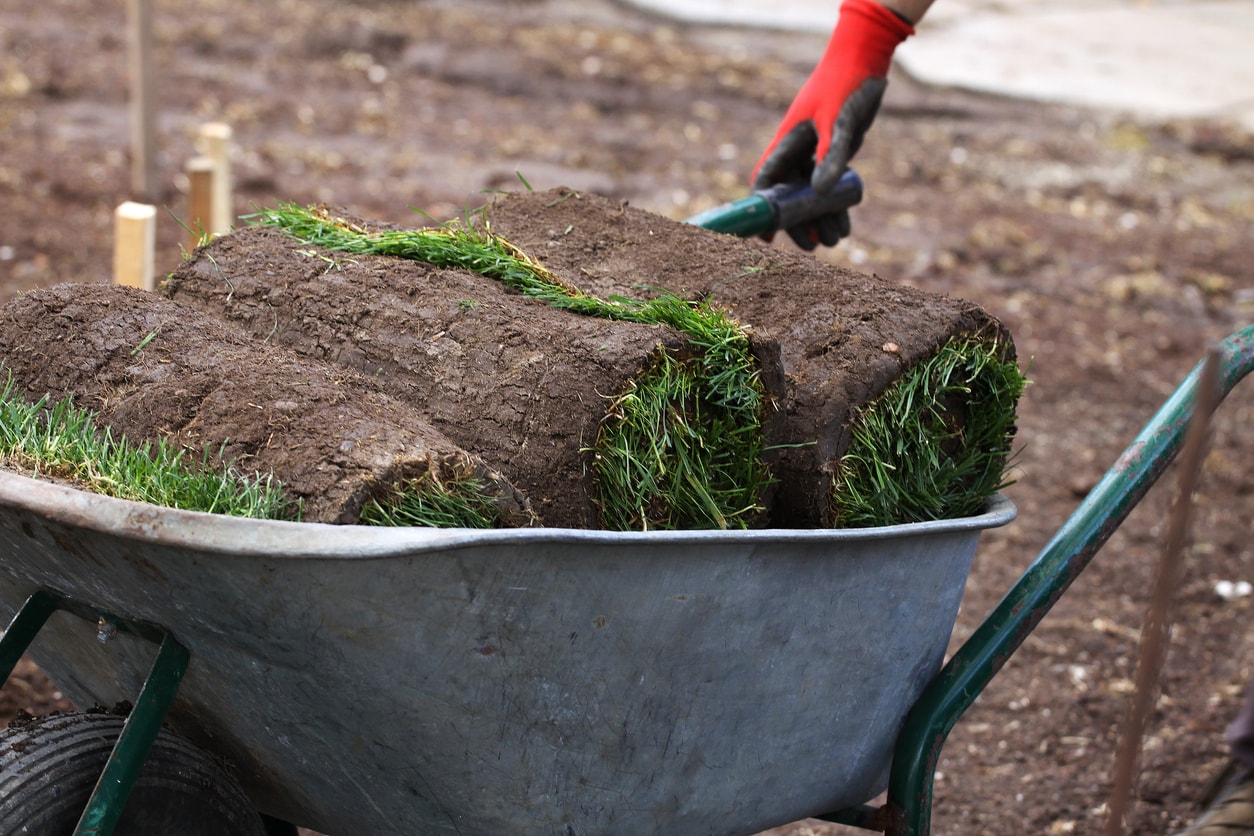



2. Wheelbarrow
Another tool that will save you from doing backbreaking work – a wheelbarrow will mean that moving old turf out and new artificial turf in will be a breeze. Without a wheelbarrow you’ll spend more time carrying rolls of turf in and out of your garden, than laying your new lawn!
3. Flat Shovel
A flat shovel will come in handy for distributing your base material across the lawn space before laying your artificial grass. It is a tool that most gardeners have in their arsenal already, but if you haven’t got one to hand ask a neighbour to lend you one for the afternoon.
4. Rake
Once your base material is down, you need to use a wide headed rake to spread it out evenly across the artificial turf to create a level base for your lawn. If you don’t have a rake already, it’s worth getting one for the future. A plastic rake comes in very handy for clearing your lawn of leaves and looking after your lawn in the years to come (but a metal one can ruin the artificial grass so it’s not recommended).
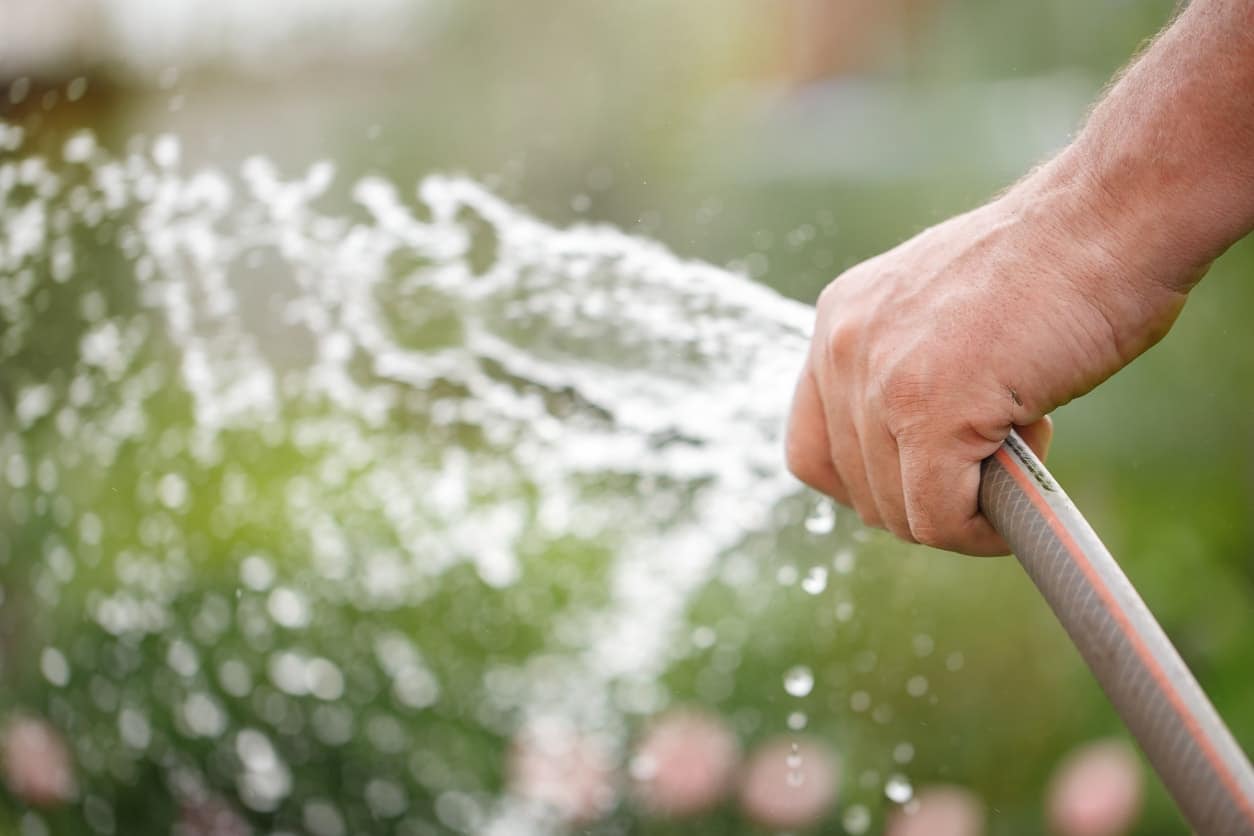





5. Hose
You need to give your base material a good soaking with a hose to keep the dust down whilst compacting; doing this with a watering can would take far too long for most lawns. Without a well-soaked base, you may struggle to get a stable, professional quality finish. You also need to hose your grass down after installation to clean dust from your new lawn and to help your top sand settle, if you’ve used it.
6. Compactor
Another specialist artificial grass tool you’ll likely need to hire from the tool shop; a compactor is a large piece of equipment that repeatedly strikes the floor beneath it with a large metal plate. This allows you to compress your surface material and create the perfect base for your new turf. It makes sure that your artificial lawn is stable, even, and looks its best for longer. These tools are also known as a plate compactors or a vibrating plate, depending who you speak to, so it’s best to speak with your local hire company to make sure you get the right tool for the job.
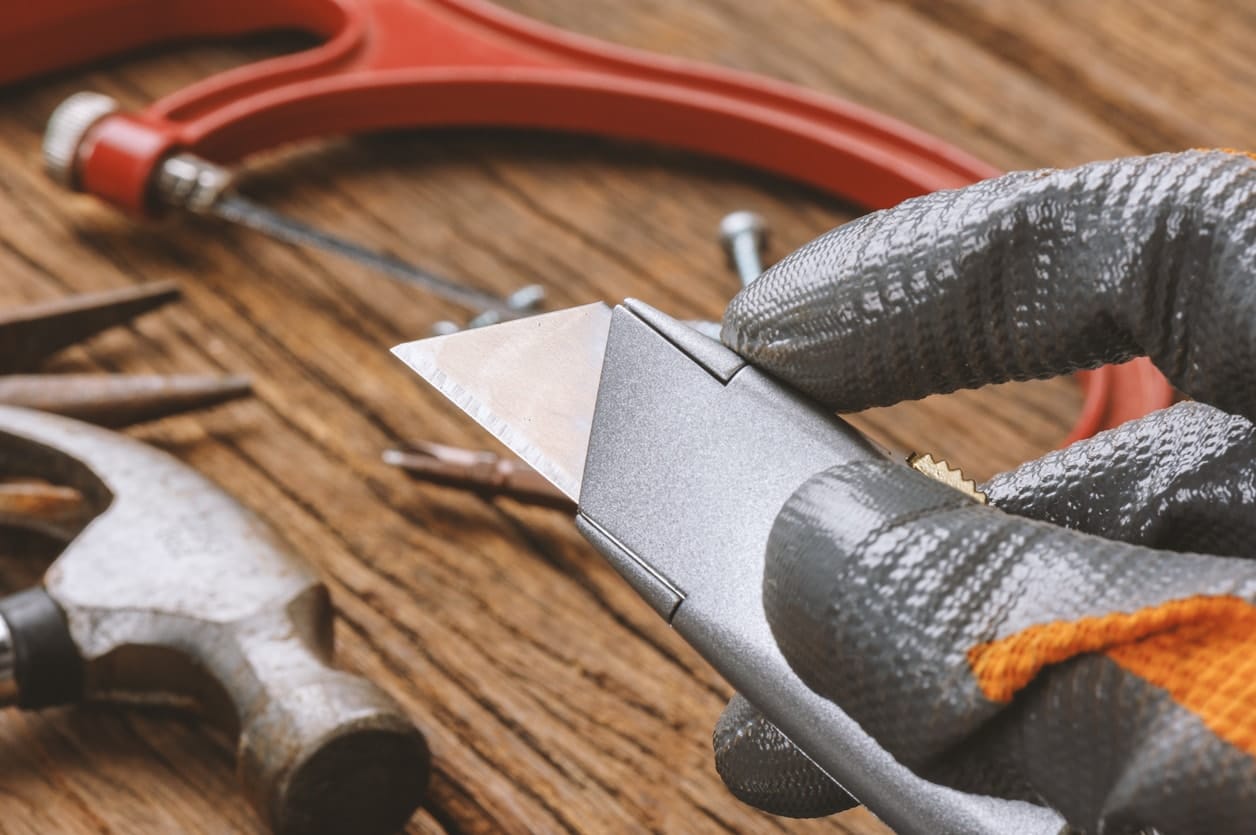





7. Razor Knife
Unless you want a completely square lawn, chances are you will have to cut some of your grass to size and shape. Ensure you have a sharp knife with a robust handle, and some spare blades, as latex backing can quickly blunt a knife.
8. Joining Tape
In most lawns, you’ll have to join two or more pieces of artificial grass together. To do this properly, you need joining tape and professional quality lawn adhesive. Artificial grass joining tape is used to secure two pieces of grass together, and if used correctly, you won’t be able to see the join. Our premium quality joining tape is made to last the lifetime of your lawn, you won’t have to replace it.
9. Joining Adhesive
You’ll need artificial lawn adhesive to apply alongside your joining tape to stick the artificial lawn together, and cement it in place. A cartridge gun can be used to evenly spread your adhesive along the joining tape for a neat and robust seal. Adhesive can also be used to secure the grass around the edges to concrete or steel edging, making it vital for indoor and decking installations.
10. Broom
A tough bristled broom will make sure that your sand infill is brushed to the bottom of the pile before you soak the lawn turf with your hose. You’ll also need your broom for cleaning your lawn on an ongoing basis, getting any mud or debris off the grass. And if you find a mark or crease in your lawn at any point, a solid brushing can help iron out any unwanted lines or creases too.
So there you have it – the 10 tools you need to be aware of for your artificial grass installation. Now you’ve got these, it’s time to think about the artificial grass – why not order some free samples? As suppliers of quality artificial grass in the UK, we have quite the range, so take your pick!

